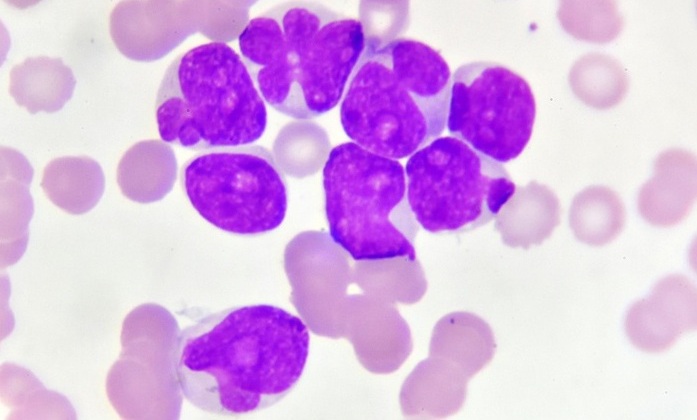Streamlined Approach to Testing for Heparin-Induced Thrombocytopenia Improves Diagnostic Accuracy
Posted on 07 Jan 2025
Heparin-induced thrombocytopenia (HIT), a serious side effect of the blood thinner heparin, is difficult to diagnose because thrombocytopenia, or low platelet count, can be caused by a variety of factors and is common among hospitalized patients. Although only 1%-5% of patients on heparin develop HIT, those who do are at significant risk for life-threatening complications such as bleeding or heart attacks. It is essential for doctors to identify which cases are directly linked to heparin, so they can switch those patients to alternative blood thinners. However, non-heparin anticoagulants are costly and difficult to monitor, so clinicians prefer to reserve them for those who truly need them for safety. The challenge is compounded by the fact that two lab tests are used to diagnose HIT. The ELISA (enzyme-linked immunosorbent assay) test helps rule out non-HIT cases, while the Serotonin Release Assay (SRA) is considered the gold standard for confirming HIT. However, since the SRA is expensive and only available at specialized labs, clinicians often rely on a combination of ELISA results, patient symptoms, and other clinical information to arrive at a diagnosis.
Now, a new study by researchers at University of Iowa Health Care (Iowa City, IA, USA) has found that a simplified version of the standard screening method for HIT outperformed the full technique in identifying affected patients. This study provides compelling evidence that systematic, data-driven healthcare approaches can improve patient care while saving time and resources. The research, published in ADLM’s Journal of Applied Laboratory Medicine (JALM), emphasizes the importance of diagnostic stewardship, a collaborative effort to enhance clinical laboratory testing. In the study, the team analyzed lab results from 1,011 ELISA tests and 169 SRA tests conducted between December 2016 and December 2021 on patients in the University of Iowa Health Care System.

The researchers specifically compared two methods for interpreting ELISA results, using optical density (OD) measures to detect HIT-specific antibodies. The first method, called "percent inhibition," involves testing samples under both high- and low-heparin conditions, following the manufacturer's guidelines. The second, simpler method, called "low-heparin OD," only uses the low-heparin preparation, making it faster, easier, and less resource-intensive. The researchers discovered that the low-heparin OD method more accurately identified true HIT cases (confirmed by SRA) compared to the percent inhibition method among patients with positive or ambiguous ELISA results.
Since the more complex method showed no additional benefits, the health system updated their ELISA reporting guidelines in 2023 to recommend only the low-heparin OD approach. The researchers then compared HIT test results from two 5-month periods: one before and one after the change. They found that the new approach reduced the rate of ELISA positivity from 13% to 5% and decreased the number of SRA confirmatory tests ordered, indicating more efficient use of testing resources and a likely reduction in the unnecessary administration of non-heparin anticoagulants. Additionally, in the pre-intervention period, 7 out of 9 (78%) positive or ambiguous ELISA results were followed by an SRA confirmatory test, while only 3 out of 7 (43%) were in the post-intervention period.
“Elimination of the heparin-inhibition step significantly simplifies manual work for laboratorians performing the testing, saves reagent costs, and increases testing throughput,” wrote lead study author Dr. Meredith G. Parsons. “The removal of heparin inhibition also simplifies ELISA reporting and increases its utility for clinicians in guiding next steps in patient management.”







 Analyzer.jpg)






